The Mandarin Duck With Beautiful And Colorful Coat Is An Artistic Work Of Mother Nature
You would never know a duck could be so gorgeous if you didn't meet these guys. Instead of white or grey plumage, they own surprisingly lovely coats of many colors and shapes. Let's say hi to the most exquisite ducks: Mandarin ducks.
 Source: Joel Rurik, Regent's Park--Boating Lake, London, England, United Kingdom
Source: Joel Rurik, Regent's Park--Boating Lake, London, England, United Kingdom
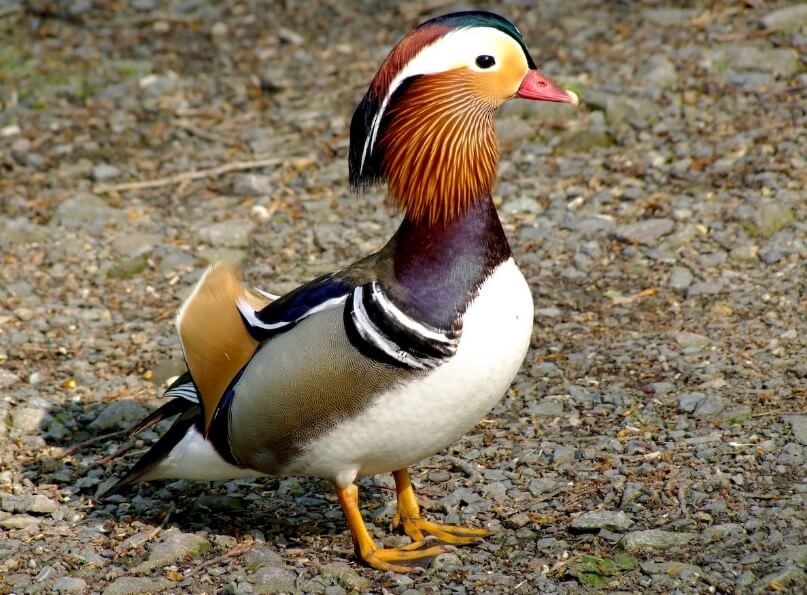 Source: Thomas Doebel, Schloss & Park Pillnitz, Dresden (Kreisfreie Stadt), Sachsen, Germany
Source: Thomas Doebel, Schloss & Park Pillnitz, Dresden (Kreisfreie Stadt), Sachsen, Germany
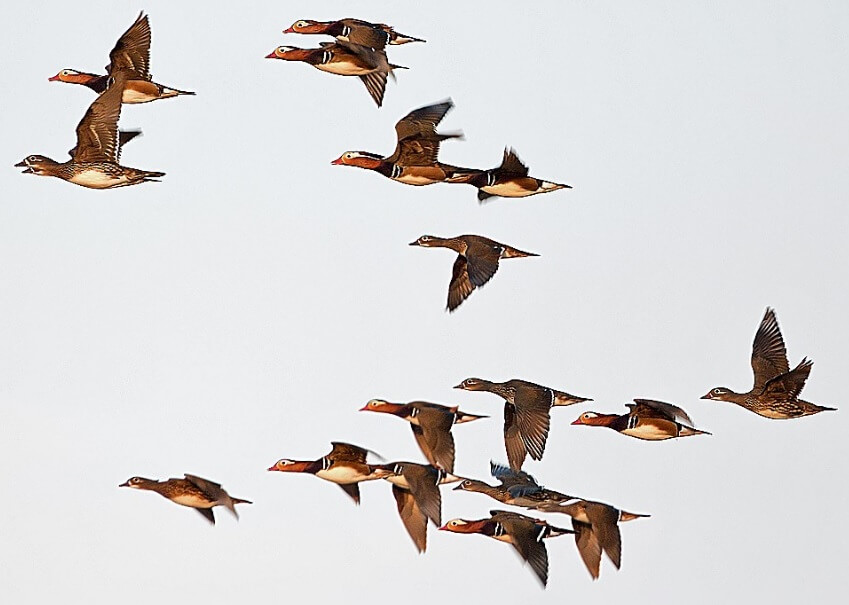 Source: Andrew Wilson, Yancheng Wetland NNR, Jiangsu, China
Source: Andrew Wilson, Yancheng Wetland NNR, Jiangsu, China
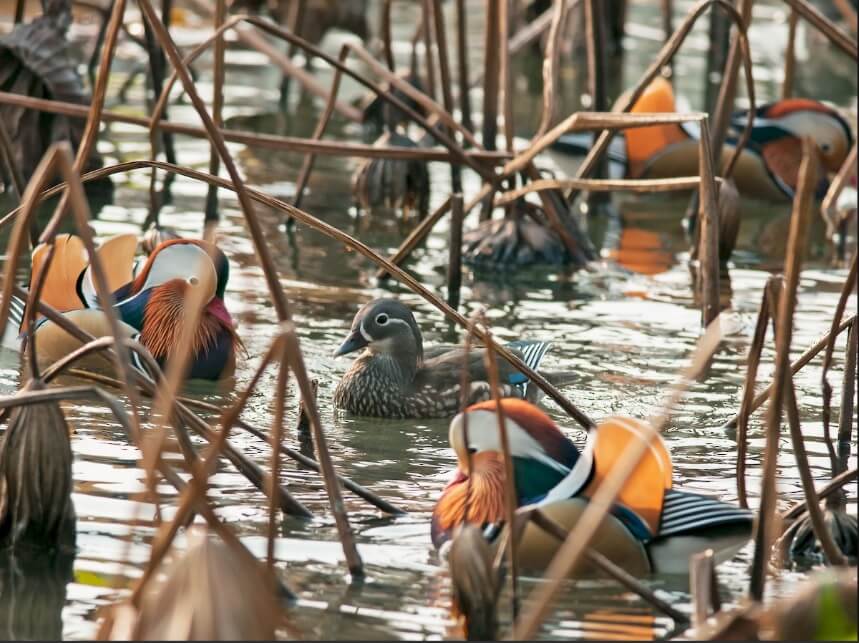 Source: Liu JYUN-FU, The West Lake, Zhejiang, China
Source: Liu JYUN-FU, The West Lake, Zhejiang, China
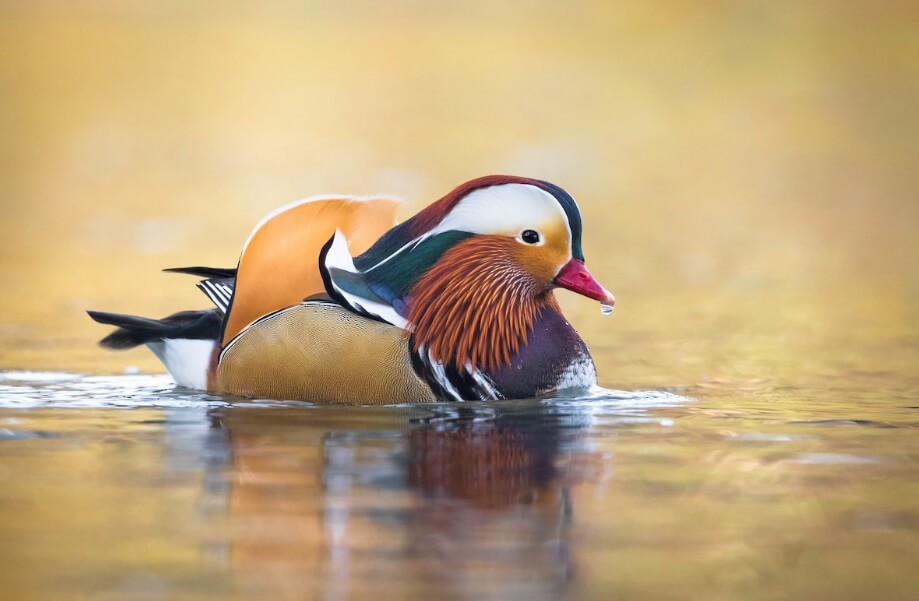 Source: Tanner Martin, Riverside Park (Josephine Co.), Josephine, Oregon, United States
Source: Tanner Martin, Riverside Park (Josephine Co.), Josephine, Oregon, United States
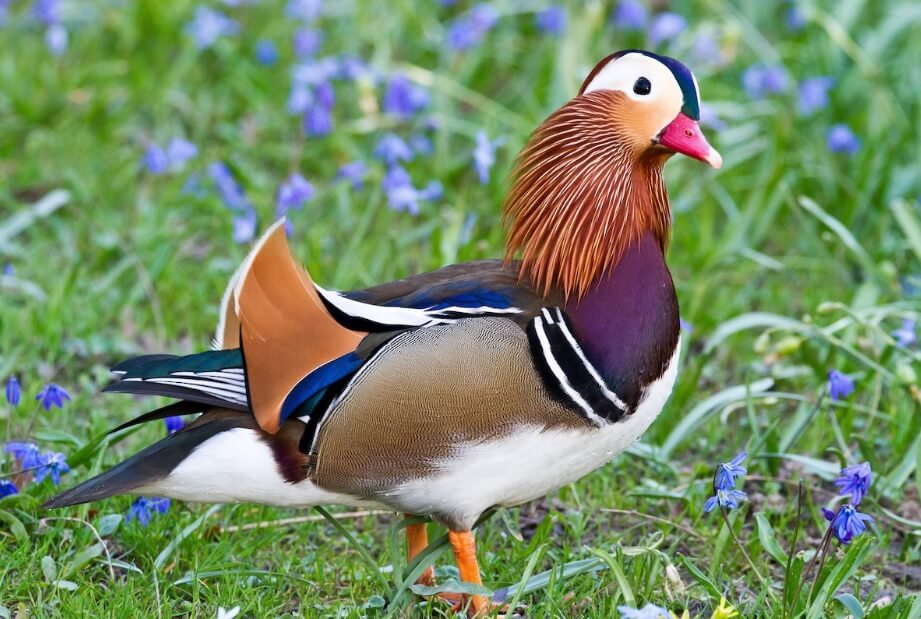 Source: Matthew Gasperoni, Großer Garten, Dresden (Kreisfreie Stadt), Sachsen, Germany
Source: Matthew Gasperoni, Großer Garten, Dresden (Kreisfreie Stadt), Sachsen, Germany
 Source: BAL Land, Irvine Regional Park, Orange, California, United States
Source: BAL Land, Irvine Regional Park, Orange, California, United States
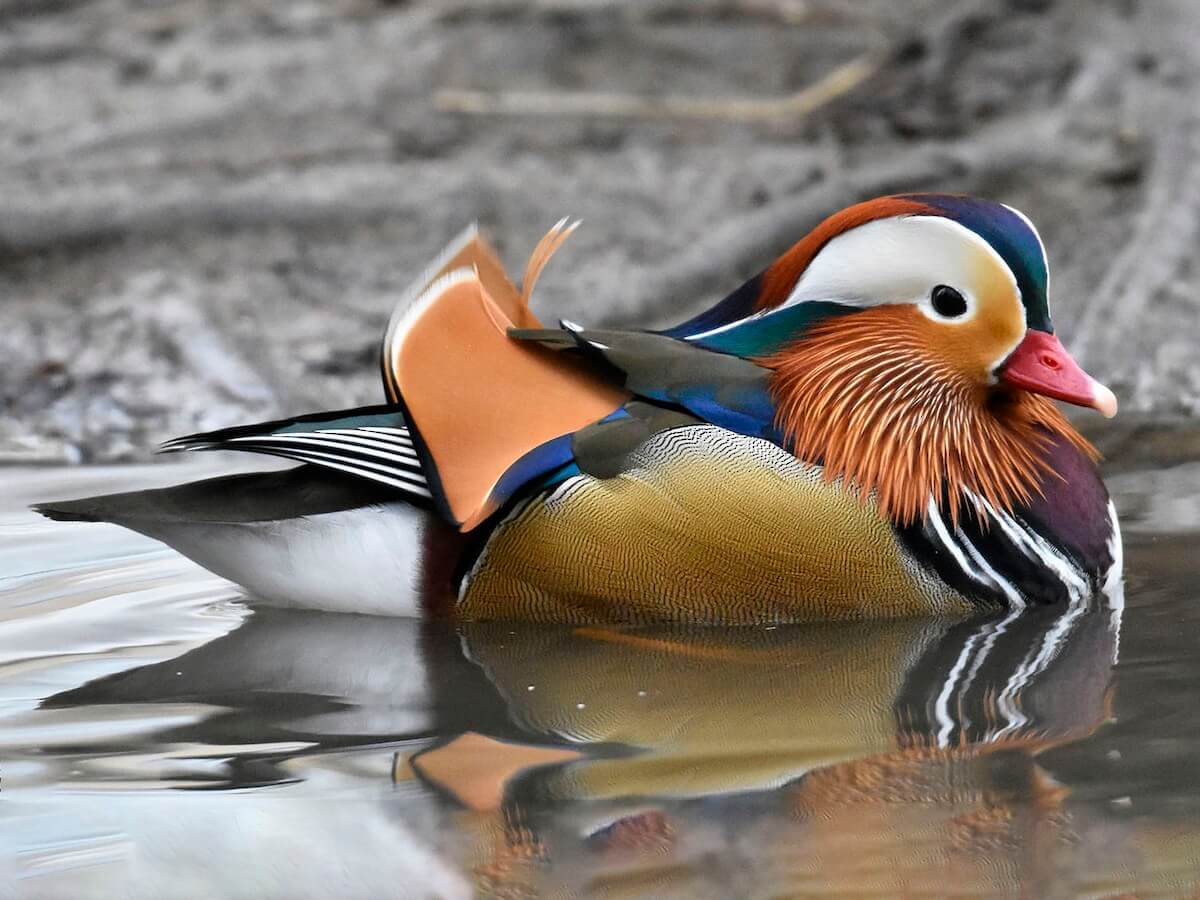 Source: Javier Pi Vallina
Source: Javier Pi Vallina
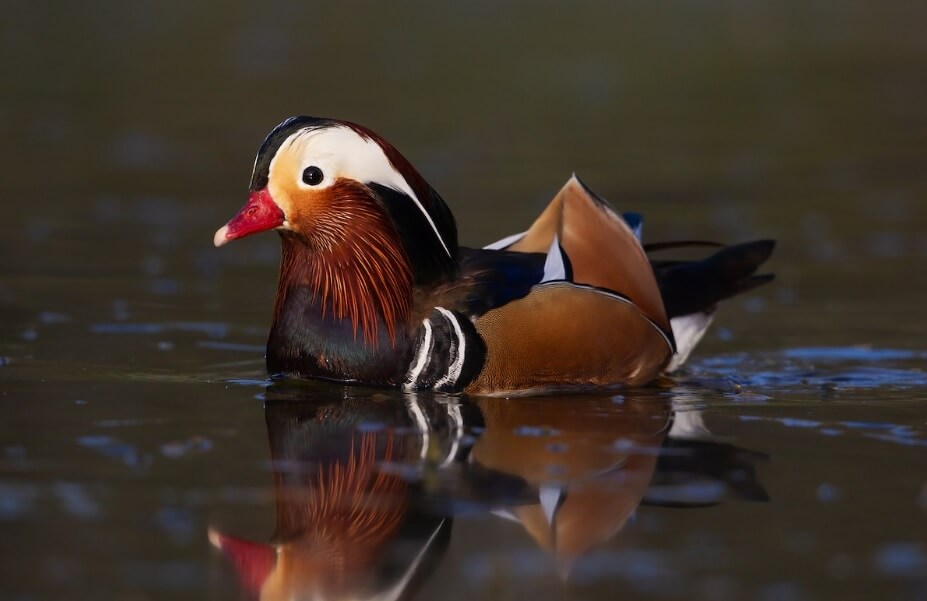 Source: Ákos Lumnitzer, Nurragingy Reserve, Blacktown, New South Wales, Australia
Source: Ákos Lumnitzer, Nurragingy Reserve, Blacktown, New South Wales, Australia
Share this article
Advertisement